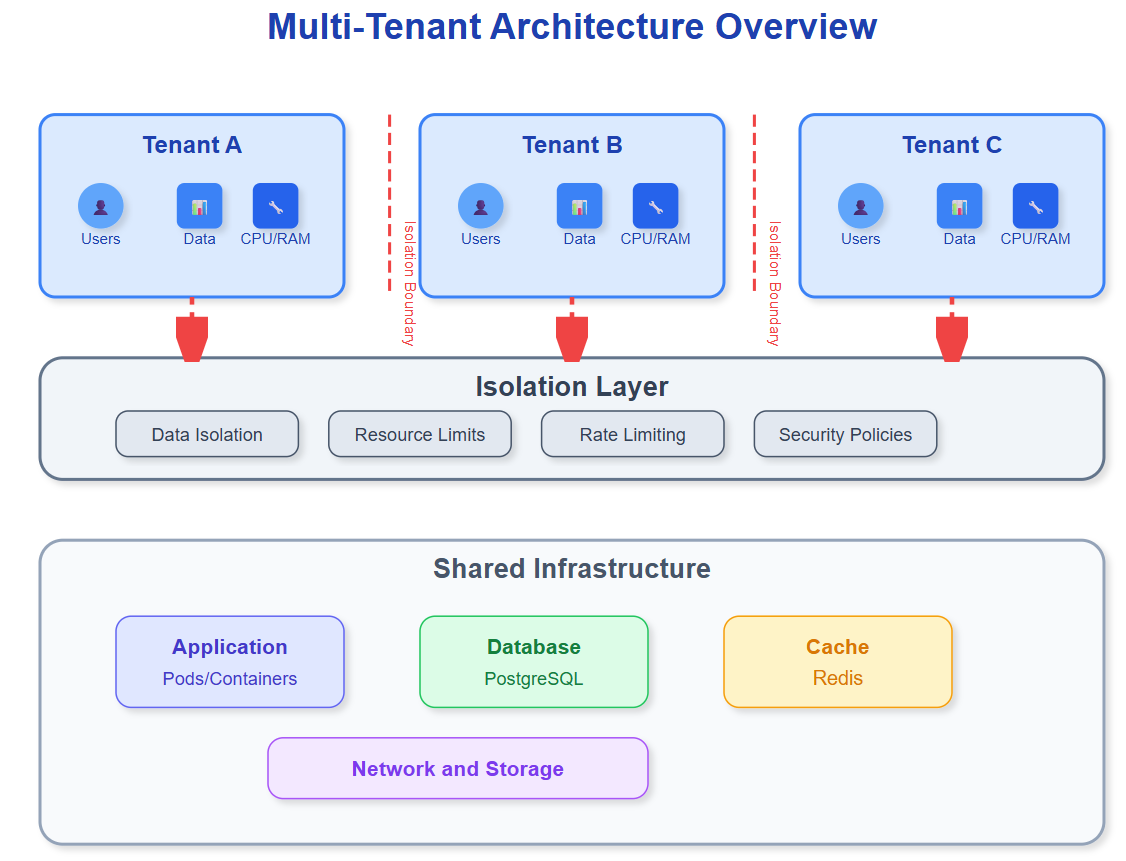Tenant Isolation in Multi-Tenant Systems
Issue #126: System Design Interview Roadmap • Section 5: Reliability & Resilience
When Your Neighbor's Traffic Kills Your Performance
Imagine living in an apartment where your neighbor's loud music automatically turns down your heating system. Sounds absurd? Yet this exact scenario plays out daily in multi-tenant systems where one tenant's resource consumption impacts another's performance. When Slack experienced their infamous outage in 2020, cascading tenant interference was a key contributor—one large customer's sudden traffic spike degraded service for millions of other users.
Today we'll master tenant isolation patterns that prevent these "noisy neighbor" problems while maintaining cost efficiency and operational simplicity.
What We'll Learn Today
Data isolation strategies that prevent cross-tenant data leaks
Resource isolation techniques that guarantee performance boundaries
Security isolation patterns that create impenetrable tenant boundaries
Real-world implementation with a working multi-tenant application
The Multi-Tenant Balancing Act
Multi-tenancy offers compelling economics—shared infrastructure reduces costs by 60-80% compared to single-tenant deployments. But this efficiency comes with a dangerous trade-off: tenant interference. The challenge isn't just preventing data leaks; it's ensuring one tenant's behavior never impacts another's experience.


